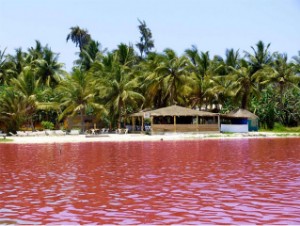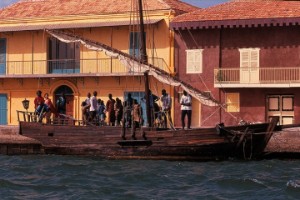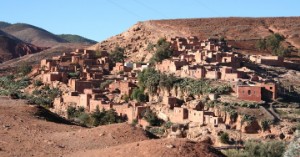Goree ISLAND House of Slaves
Saint-Louis , Dakar, Senegal Main Guide of Radisson Blu Dakar Sea…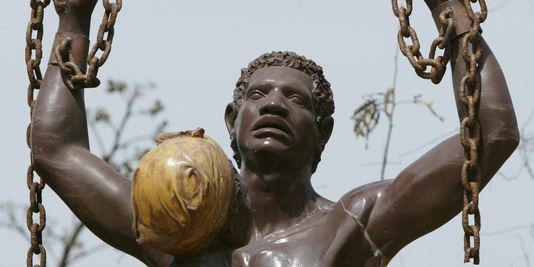


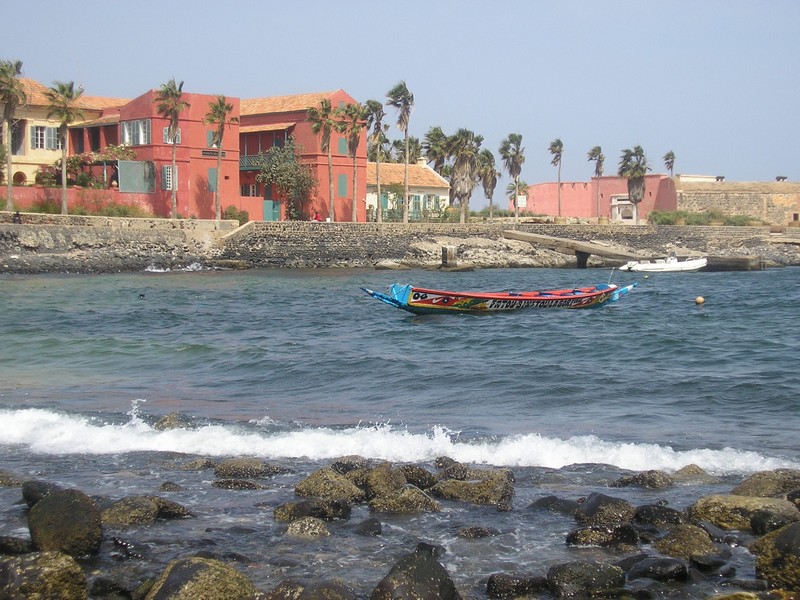


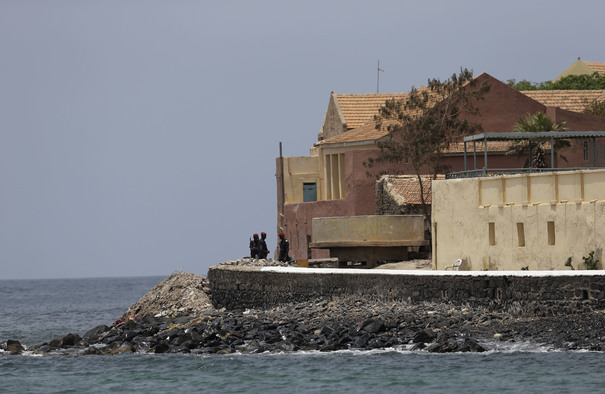

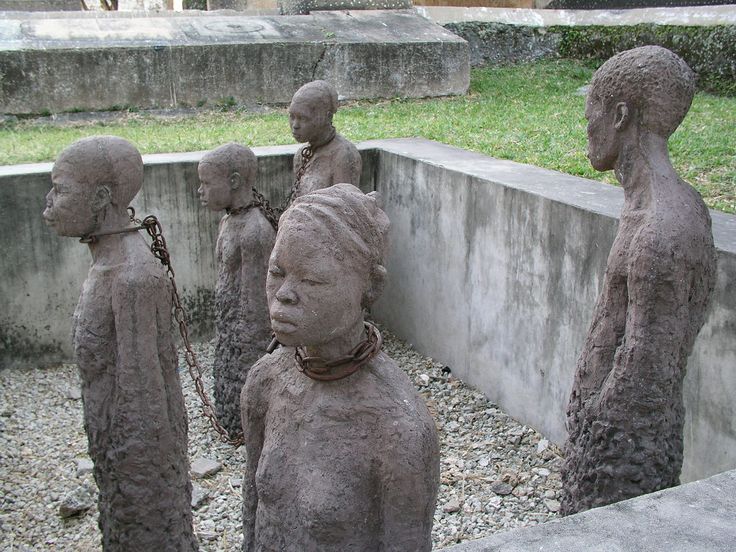
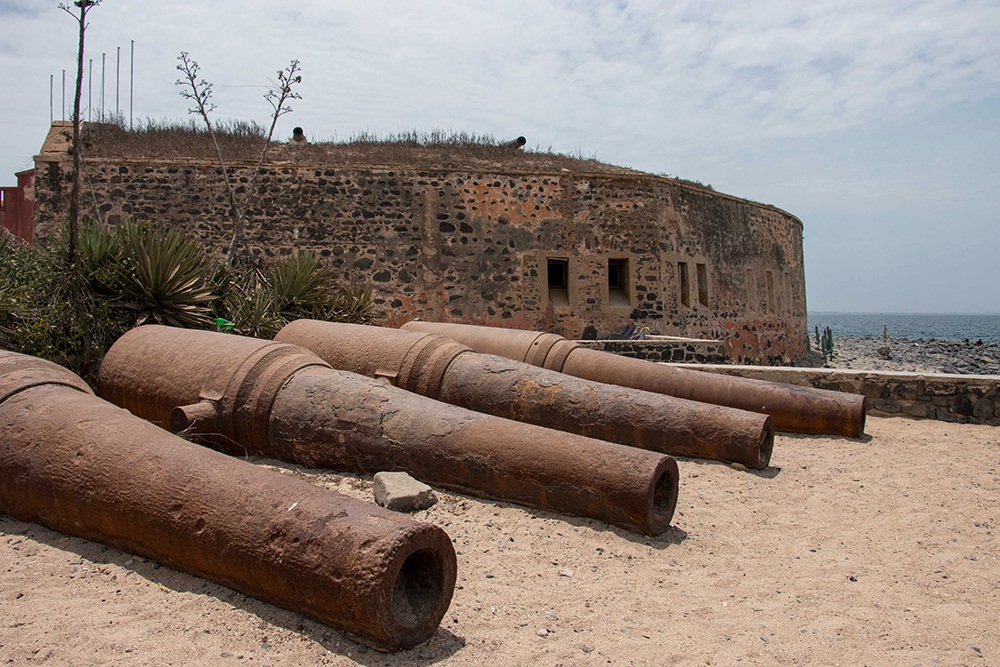
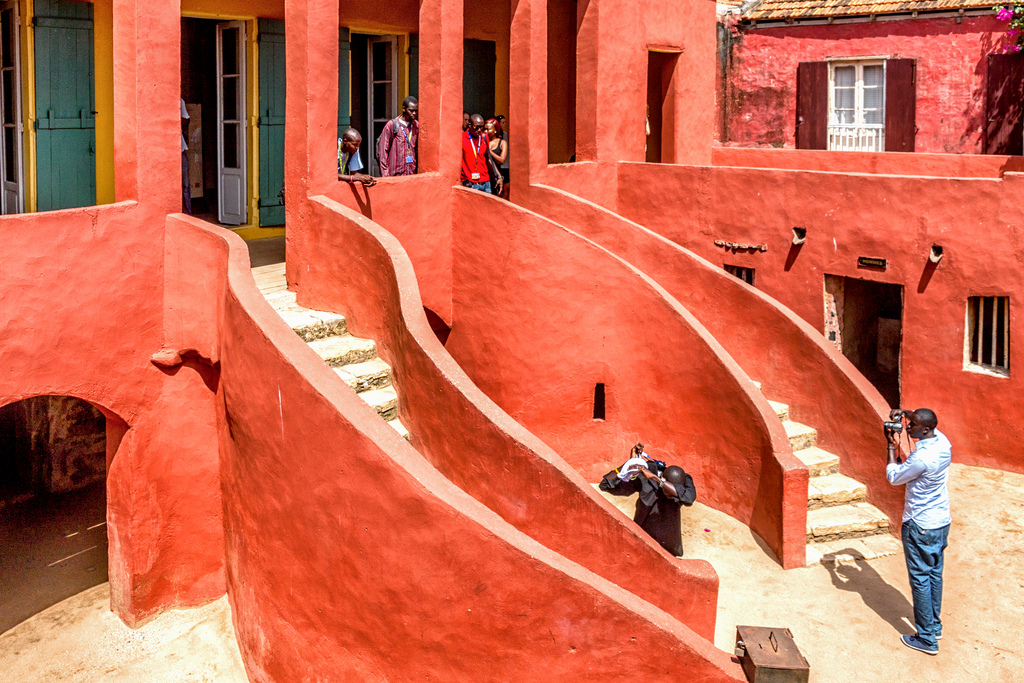
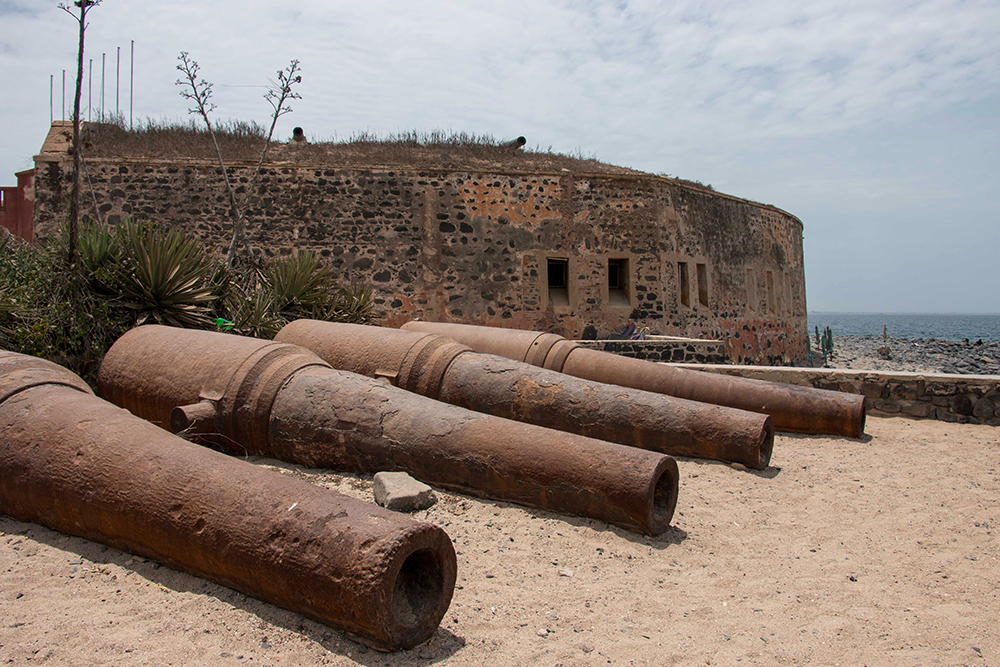
Description
A unique place , this small island in Senegal has a charm with its pastel houses, its restaurant, but this relaxing refuge with its "House of Slaves" reminds us of the role of Goree in the past and the suffering of the slave trade.
Goree and its history:
Today Goree has become an essential tourist place of Senegal because of its role during the slave trade.
If Goree is represented as a symbolic place of the history of slavery, it is rather because it still remains today one of the places where one can still find vestiges of this tragic time.
A guided tour of this house of slaves, plunges you directly into the deplorable history of the slave trade. Going to discover this majestic island is as moving as it is instructive.
The Portuguese navigator Dinis Dias reached the island of Gorée in 1444, which he named "Palma". The Dutch seized Goree in 1617. In 1677 the French seized the island.
The slave trade lasted for three centuries on the African coast (Gambia, Saint-Louis of Senegal, Benin, Ghana ...). Concentration centers of African slaves leaving for the A Slave trade continues for three centuries on the African coast (Gambia, Saint-Louis of Senegal, Benin, Ghana ...). The concentration centers of African slaves leaving for America are located mainly in Saint-Louis, the point of convergence of the Arab-Muslim and European slave trade. In Goree, the former residence of Anna Colas Pépin (Anne Pépin's niece), known throughout the world as the House of Slaves, is a more symbolic than historical place. Indeed, the passage of slaves by Gorée was very minority between 900 and 1500 people according to the American historian Philip Curtin. The owners of the slave villages on the continent where the captives were stored were the Wolof Kings of Cayor and the Toucouleur Kings of the Upper Senegal River.
At the National Archives of France, rue Soubise in Paris, as well as at the National Library François Mitterrand, information about these slave monarchs and the macabre accounting of this trade. The Kings of Cayor nevertheless encountered a strong resistance from the Lebous and Serer populations of the small coast of Senegal described as peoples refusing to sell slaves by the navigator Alvise Cadamosto from the beginning of the fifteenth century.
In 1872 the French colonial administration created the two communes of Saint-Louis and Gorée, the first two communes of West Africa on the Western model, endowed with exactly the same status as the other French communes.
From 1887, Dakar is detached from the commune of Goree and becomes a commune of full exercise. The commune of Gorée is reduced to its small island. In 1891 the population of Goree is 2,100 inhabitants while Dakar has only 8,737. Nevertheless in 1926 the Goreens are only 700, while the population of Dakar reaches 33,679. Thus, the merger of Goree with Dakar was decided in1929. The commune of Goree disappears and Goree is now only a small island in the town of Dakar. Lieutenant Robert Gaffiot published in 1933 a book whose title reflects well this downgrading: Goree, capital fallen.
Become a place of passage and meditation the island of Goree welcomes each year thousands of tourists. The island has also received some of the world's most famous people on an official visit to Senegal (John Paul II, Bill Clinton, George Walker Bush, Yasser Arafat ...)
The essential places of Goree:
The slave house
Founded in 1776, the House of Slaves is the gateway for anyone visiting Goree for the first time. The real role of the famous pink house - and more generally of the island - in the slave trade has been denounced for several years as belonging to the "myth".
Built by the Portuguese, first Europeans to tread the soil of the island in 1444, This house was the last slave in date Goree.
On the ground floor are the cells (Men, Children, Chamber of weighing, young girls, temporary unfit). In those reserved for men, each measuring 2.60 m by 2.60 m, up to 15 to 20 people were seated, with their backs against the wall, chains on their necks and arms. They were only released once a day to enable them to meet their needs, usually in this house they lived in an intolerable state of hygiene. The staff in this small house ranged from 150 to 200 slaves. The waiting for departure sometimes lasted nearly three months. These slaves having to make sailboats for transport. In this house, the father, the mother and the child in the cells were separated.
The historical museum
Located on the northern tip of the island, the Historical Museum - attached to the Fundamental Institute of Black Africa (IFAN) - occupies the former Fort of E.
Destinations
- Saint-Louis
Recommanded equipment
- Nourriture
- Eau
Inclusions
- Local Guides/Maps
- Transportation
- Deluxe Coach
- Guides / Assistance
- Professional tour escort
- Roundtrip Hotel Transfers
- Driver
- Tour guide
- Air Conditioning
- Hotel pickup and drop off
- wheelchair
Exclusions
Policy & Terms
PASSENGER DUTY:
The passenger is required to behave in a manner that does not compromise the safety, calm and enjoyment of services / products by other passengers.
He shall undertake to respect the rules of prudence and the duty of diligence, as well as all the provisions of the Organizer or the local operators responsible for the organization of the excursions, as well as the regulations and administrative or legislative provisions concerning the service / product.
The passenger will be held responsible for any damage that the Organizer may suffer as a result of non-compliance with the above obligations. In particular, the passenger will be held responsible for damage caused, damage caused to other passengers or third parties, boat ..... vehicles used during excursions and all fines, fines and charges to which the passenger is liable. Organizer could be subject by his fault by the authorities, of any country city visited during the tour.
EXCURSION :
The excursion itineraries published on the website are provided for indication purposes only and may vary.
The schedules and routes of the excursions may be subject to change both for external circumstances (such as, for example, adverse weather conditions, strikes, delays in transport, etc.) and for operational requirements of services.
Booking Options
| Who | No. | Price |
|---|---|---|
| Adults 195 $ | 185.25 $ | |
| Children 0 $ | 0 $ | |
| infant 0 $ | 0 $ |
Total $ 185.25 USD
Deposit Now $ 18.53 USD
Write Review x
Please Note : Once review added cannot be deleted or updated

